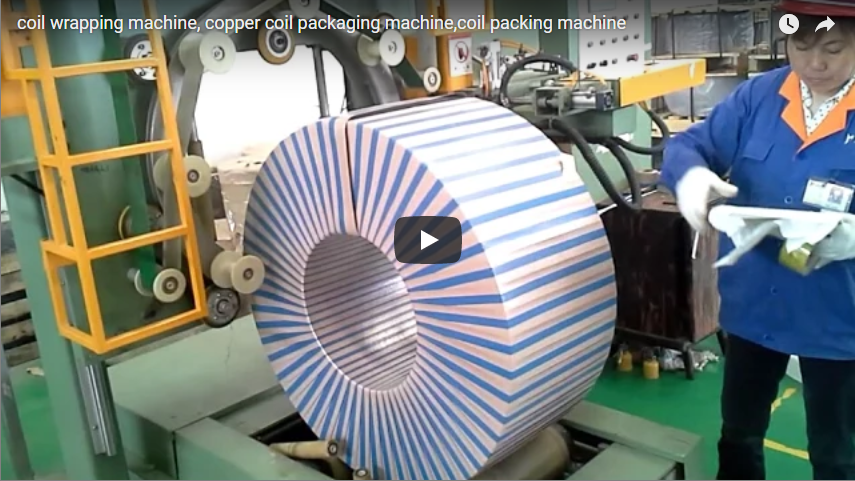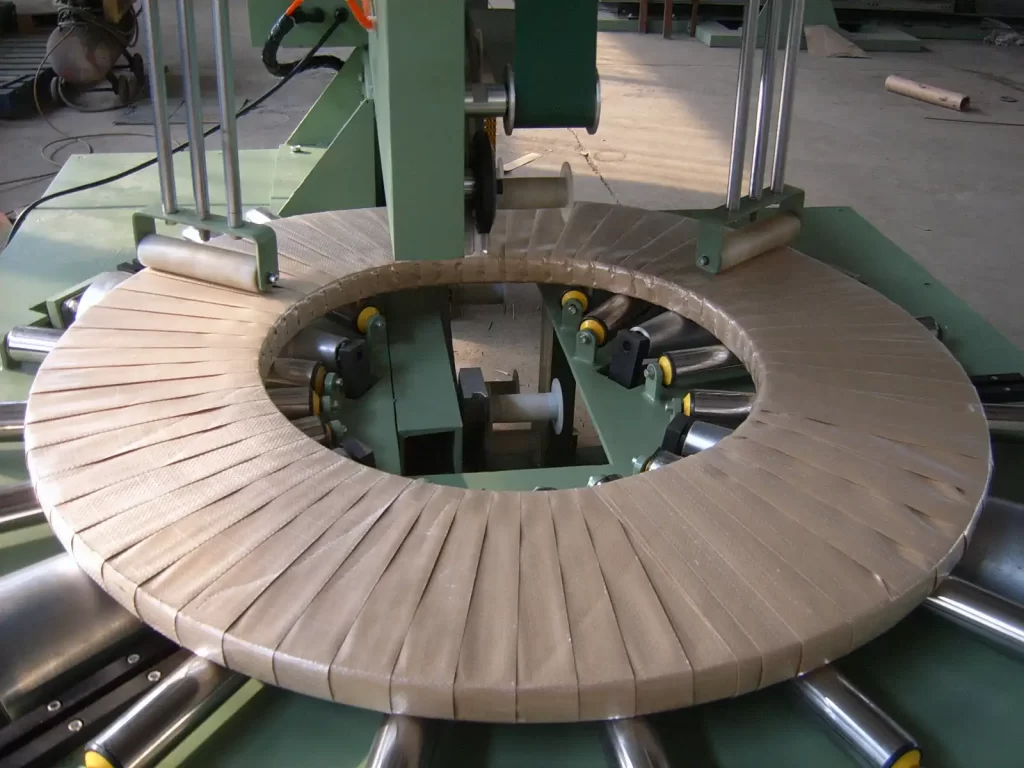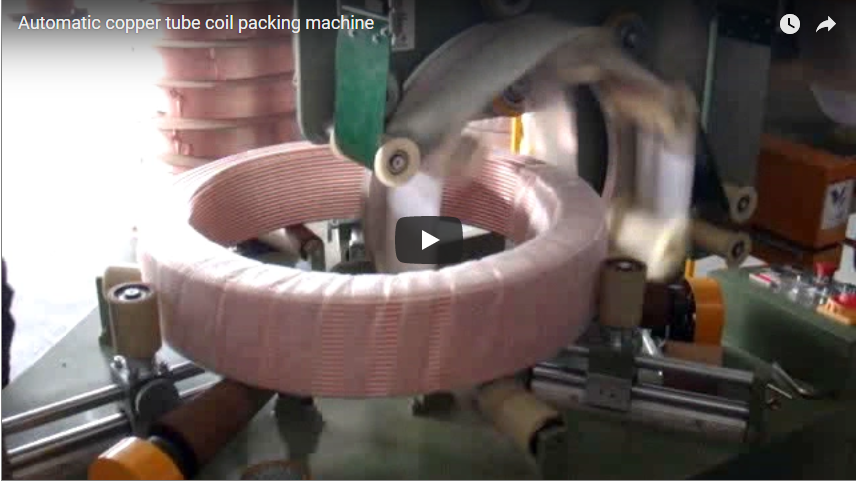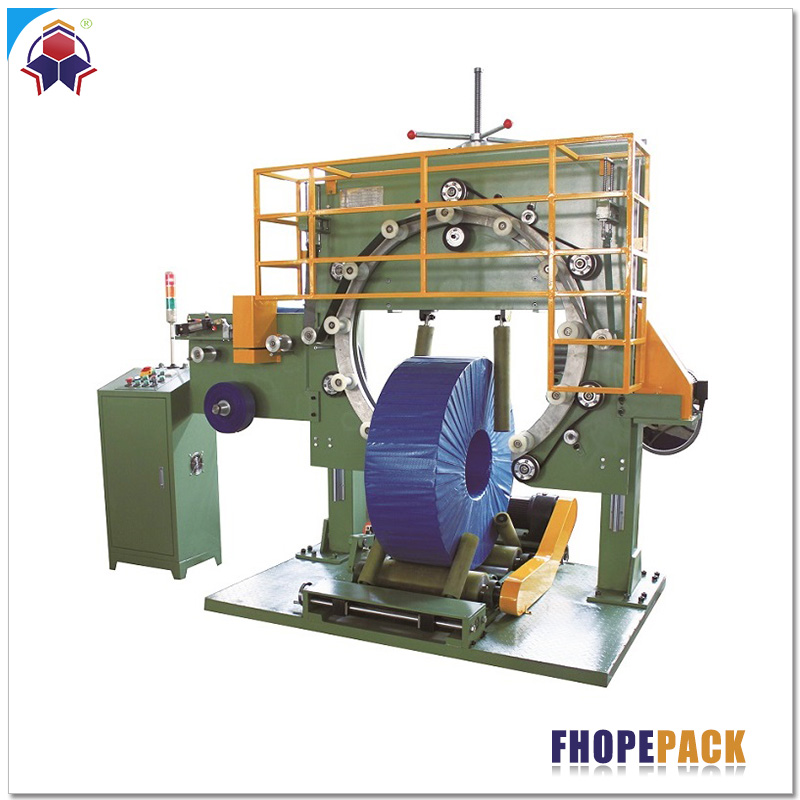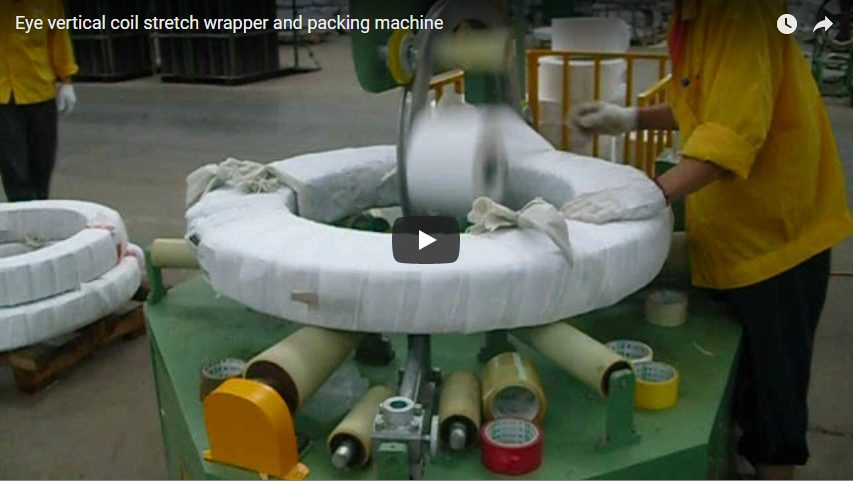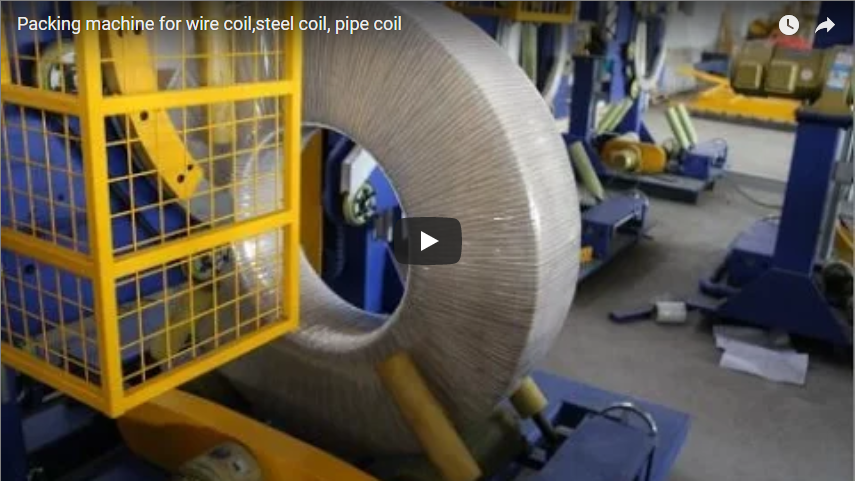Mastering Copper Coil Packaging: A Fabricator's Guide to Automated Wrapping Machines
Copper coils, essential components in numerous industries, demand careful handling and robust packaging. Their susceptibility to oxidation, surface scratches, and handling damage means that inadequate packaging can lead directly to costly rejects and material waste. For fabricators and manufacturers dealing with copper, ensuring product integrity from the production line to the end-user is paramount. This is where specialized automated coil wrapping machines become indispensable tools.
Let's delve into the specifics of these machines, exploring the technology, operational benefits, and key considerations from a practical, shop-floor perspective.
1. The Core Challenge: Protecting Valuable Copper Assets
Unlike more robust metals, copper requires a higher degree of protection during transit and storage:
- Oxidation and Corrosion: Exposure to moisture and air can quickly tarnish or corrode copper surfaces, affecting conductivity and appearance.
- Surface Damage: Scratches, dents, or abrasions incurred during handling or transport can compromise the coil's usability, especially for sensitive applications.
- Handling Difficulties: Coils can be heavy and awkward to manage manually, increasing the risk of damage and posing safety hazards.
Effective packaging must address these challenges, providing a secure, protective barrier against environmental factors and physical impacts.

2. Automated Coil Wrapping Machines: The Protective Solution
Often referred to interchangeably as coil packing or wrapping machines, the core technology typically involves orbital stretch wrapping. Here’s how it generally works:
- Loading: The copper coil is placed onto the machine's conveyor system, often integrated with upenders or tilters for ergonomic loading.
- Wrapping Cycle: The coil passes through a rotating ring or shuttle carrying the packaging material (stretch film, VCI paper, HDPE, etc.). This ring orbits through the eye of the coil, applying the material layer by layer around the coil's circumference.
- Material Application: Tension rollers ensure the wrapping material is applied tightly and uniformly, creating a cocoon around the coil. Overlap percentages can usually be adjusted for varying levels of protection.
- Cutting and Sealing: Once the programmed wrapping cycles are complete, the machine automatically cuts and seals the material.
- Unloading: The fully wrapped coil is conveyed out, ready for the next stage (storage, shipping, further packing).
From the shop floor perspective, the consistency achieved by automation is a major advantage. Every coil receives the same level of protection, eliminating the variability inherent in manual wrapping and significantly reducing the risk of damage due to improperly applied materials.
3. Key Technical Specifications Fabricators Should Consider
When evaluating automated copper coil wrapping solutions, focus on specifications relevant to your production needs:
- Coil Dimensions & Weight:
- Maximum/Minimum Coil Outer Diameter (OD)
- Maximum/Minimum Coil Inner Diameter (ID)
- Maximum/Minimum Coil Width
- Maximum Coil Weight Capacity
- Wrapping Performance:
- Ring Speed (RPM) or Shuttle Speed
- Typical Wrapping Speed (Coils per hour, dependent on size and wrap pattern)
- Adjustable Overlap Percentage
- Packaging Materials:
- Compatibility (Stretch film, VCI-infused film, paper, woven materials)
- Material Roll Width and Diameter Specifications
- Control System:
- PLC Brand and Model (e.g., Siemens, Allen-Bradley)
- HMI (Touch Screen Interface) for recipe management and diagnostics
- Level of Automation (standalone, semi-integrated, fully integrated line)
- Utilities:
- Power Requirements (Voltage, Phase, Frequency)
- Compressed Air Requirements (Pressure, Consumption)
- Optional Features:
- Integrated Weighing Systems
- Automatic Label Applicators
- Infeed/Outfeed Conveyor Systems
- Coil Upenders/Tilters
- Top Sheet Dispensers for added environmental protection
4. Understanding "Packing" vs. "Wrapping" in Context
While the original text used "coil packing machine" and "coil wrapping machine" similarly, it's helpful to clarify. The wrapping machine specifically performs the orbital wrapping process described above. A coil packing system or line might encompass the wrapping machine plus additional integrated equipment like conveyors, strapping machines, palletizers, or boxing equipment, creating a more comprehensive end-of-line packaging solution. For copper, the wrapping itself is often the most critical step for protection.
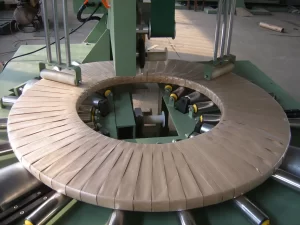
5. Operational Insights: A Fabricator's Experience
Beyond the spec sheet, consider the day-to-day operational reality:
- Ease of Use: Modern machines feature intuitive touch screen HMIs. Operators appreciate systems where they can quickly select pre-programmed recipes for different coil sizes or packaging requirements, minimizing setup time and potential errors.
- Reliability and Maintenance: Look for robust construction suitable for industrial environments. Easy access for routine maintenance (e.g., replacing film rolls, cleaning sensors) is crucial for minimizing downtime. Ask potential suppliers about recommended maintenance schedules and spare parts availability.
- Safety Features: Standard safety features like light curtains, interlocked guarding, and emergency stops are non-negotiable. Ensure the machine complies with relevant safety standards.
- Integration: How easily can the machine integrate into your existing workflow? Consider conveyor heights, communication protocols (if linking to plant-wide systems), and the physical footprint. A smooth integration avoids bottlenecks and maximizes the efficiency gains.
- Solving Real Problems: We've seen these machines drastically reduce complaints about tarnished or scratched copper upon arrival. The consistent, tight wrap also improves coil stability during handling, leading to fewer incidents in the warehouse and during loading.
6. Choosing the Right Machine for Your Copper Coils
Selecting the optimal coil wrapping machine involves balancing several factors:
- Production Volume: High-volume operations benefit most from fully automated systems with higher speeds.
- Coil Variability: If you handle a wide range of coil sizes and weights, ensure the machine offers sufficient flexibility and easy changeover.
- Protection Level Required: Do you need basic dust protection, or robust corrosion inhibition using VCI materials? This dictates the types of wrapping materials the machine must handle.
- Budget: Factor in the initial purchase price, installation, training, and ongoing operational/maintenance costs.
- Supplier Support: Reliable technical support, service, and parts availability are critical for long-term operational success.
Conclusion: Investing in Protection and Productivity
Automated coil wrapping machines are more than just packaging equipment; they are strategic investments for any fabricator handling copper coils. By providing consistent, high-quality protective wrapping, they safeguard valuable materials, reduce waste, enhance operational efficiency, and improve worker safety. The transition from manual or semi-automated methods to a fully automated wrapping solution delivers tangible benefits in terms of cost savings, throughput, and customer satisfaction by ensuring your copper coils arrive in pristine condition.
For more detailed information on specific coil packing and wrapping solutions, explore options tailored to various industrial needs:
https://www.fhopepack.com/Coil_packing_machine.html
To discuss your specific copper coil packaging requirements, feel free to reach out:
info@fhopepack.com

